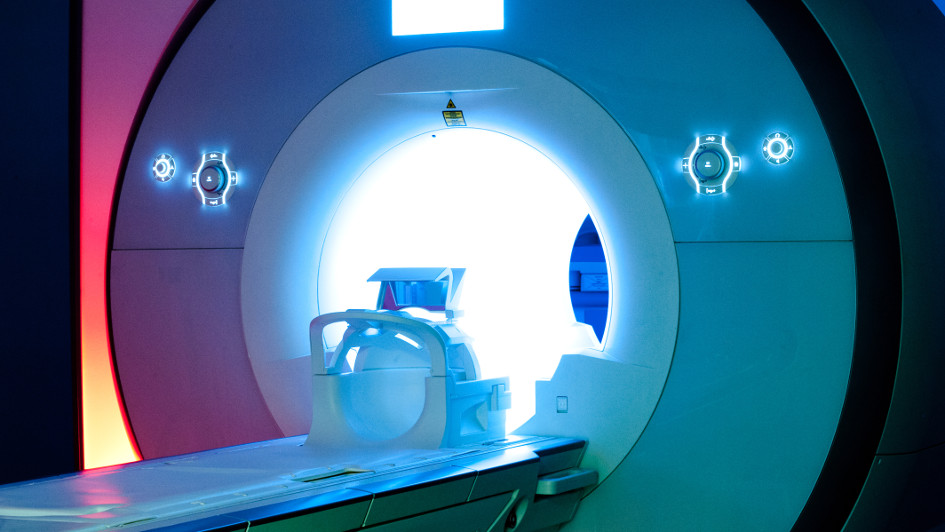
An MRI technique could help doctors predict survival and develop improved treatments by identifying areas of fluctuating oxygen levels in head and neck tumours, according to the findings of a study part-funded by Cancer Research UK and published in Clinical Cancer Research.
Researchers at The Institute of Cancer Research, London, and The Royal Marsden NHS Foundation Trust used MRI scans to detect the size and distribution of areas varying in oxygen content, called cycling hypoxia, within head and neck tumours.
They suggest that the amount of variability may be linked to survival and these areas could be targeted by new personalised cancer treatments, such as image-guided radiotherapy where doses can be focused on small areas.
Changeable environment within a tumour
Professor Martin Leach, one of the lead researchers, based at the Cancer Research UK Cancer Imaging Centre at the ICR said:
“The unique environment within a tumour is far more complex and changeable than we thought only a few years ago.”
“This is the first time anyone has clinically examined the effectiveness of dynamic Intrinsic Susceptibility (IS) MRI to monitor cyclical changes in tumour oxygenation. The technique has enabled us to learn more about how levels of oxygen vary in tumour cells over time and how this might impact patient outcome.
“If our findings are confirmed in larger studies, then this scan could one day be available at all hospitals with an MRI scanner.”
Research at the ICR is underpinned by generous contributions from our supporters. Find out more about how you can contribute to our mission to make the discoveries to defeat cancer.
Read more
Improving survival chances for patients
Anna Perman, Cancer Research UK’s senior science information manager, said:
“Patients with head and neck cancers are more likely to have their disease return, because cells with low amounts of oxygen are harder to reach with conventional treatments including radiotherapy and chemotherapy.”
“Being able to image oxygen levels in this level of detail could help develop targeted treatments and improve the chances for patients of surviving their disease.”